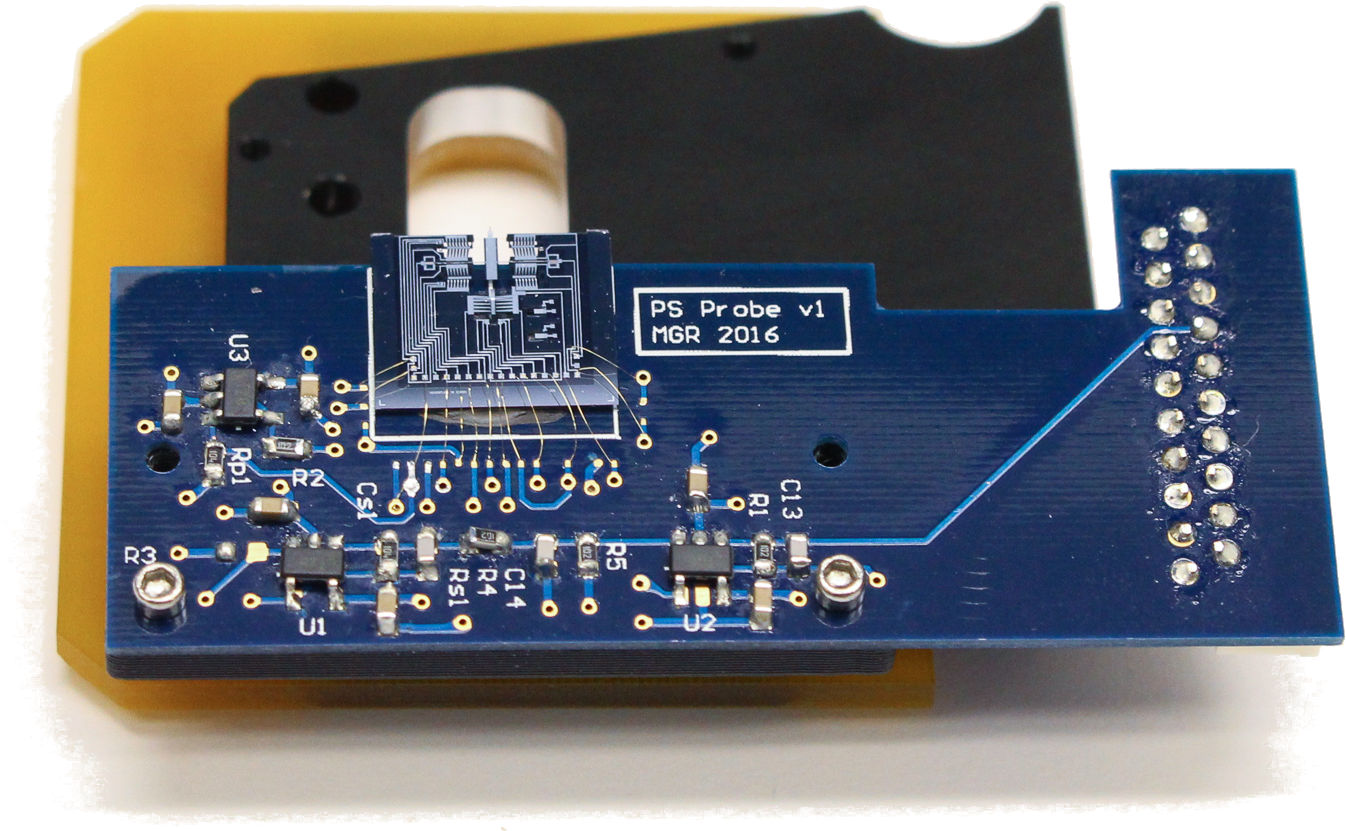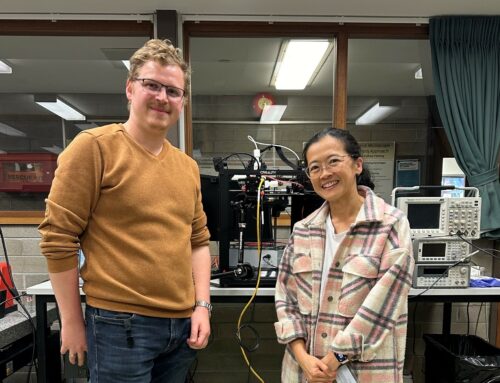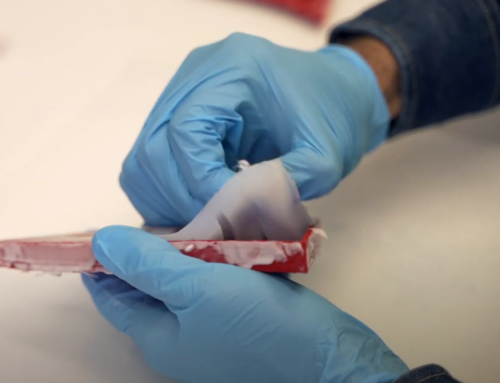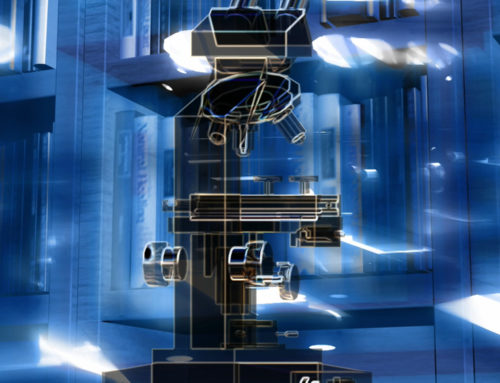Dr. Michael Ruppert from the Precision Mechatronics Lab is giving a 1 hour seminar on ‘Self-Sensing, Estimation and Control in Multifrequency Atomic Force Microscopy’ at the University of Western Australia. The talk is hosted by the IEEE WA joint EDS/SSC/IPS Chapter.
Event information
Date: Friday, 19 May 2017
Time: 2.00 PM
Venue: Billings Room 3.04, 3rd floor. Electrical & Electronic Engineering Building University of Western Australia, Crawley
Abstract
Despite the undeniable success of the Atomic Force Microscope (AFM), dynamic techniques still face limitations in terms of spatial resolution, imaging speed and high cost of acquisition. In order to expand the capabilities of the instrument, it was realized that the information about the nanomechanical properties of a sample are encoded over a range of frequencies and the excitation and detection of higher order eigenmodes of the microcantilever open up further information channels.The ability to control these modes and their fast responses to excitation is believed to be the key to unravelling the true potential of these methods.
This work highlights a number of drawbacks of a standard AFM setup, which limit the realizability of multifrequency approaches. First, a class of probes based on microelectromechanical system (MEMS) design is motivated, which enable the development of self-sensing/self-actuating techniques. Specifically, these piezoelectric transduction schemes enable the miniaturization of the AFM towards a cost-effective single-chip device with nanoscale precision in a much smaller form factor than that of conventional macroscale instruments. Second, the integrated actuation enables multimode controllers which exhibits remarkable performance in arbitrarily modifying the quality factor of multiple eigenmodes and comes with inherent stability robustness.
The experimental results demonstrate improved imaging stability, higher scan speeds and adjustable contrast when mapping nanomechanical properties of soft samples. Lastly, in light of the demand for constantly increasing imaging speeds while providing multifrequency flexibility, the estimation of multiple components of the highfrequency detection signal is performed with a linear time-varying multifrequency Kalman filter. The chosen representation allows for an efficient high-bandwidth implementation on a Field Programmable Gate Array (FPGA). Tracking bandwidth and noise performance are shown to be superior to that of the commonly used lockin amplifier.






